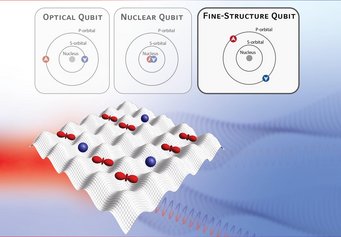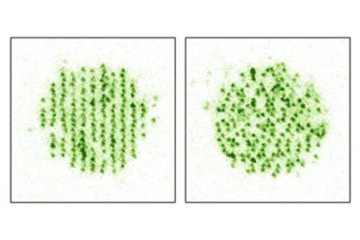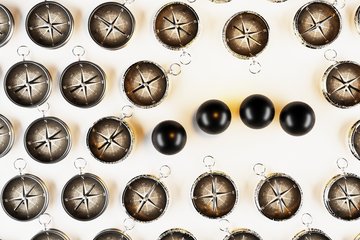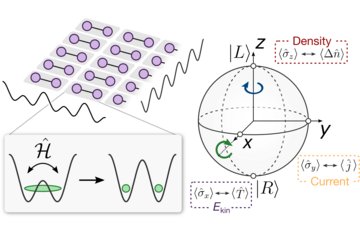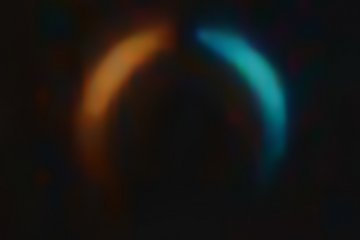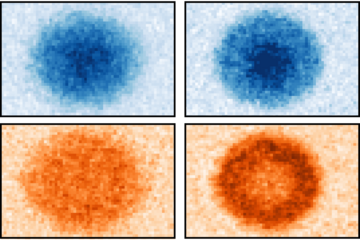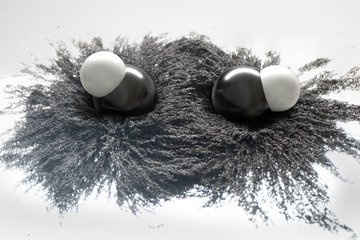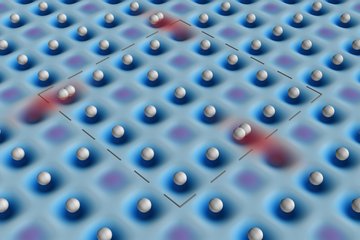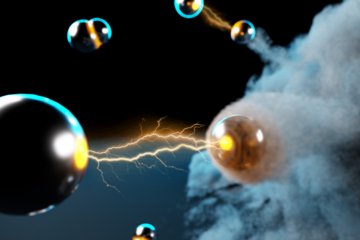Fine-Structure Qubit Encoded in Metastable Strontium Trapped in an Optical Lattice
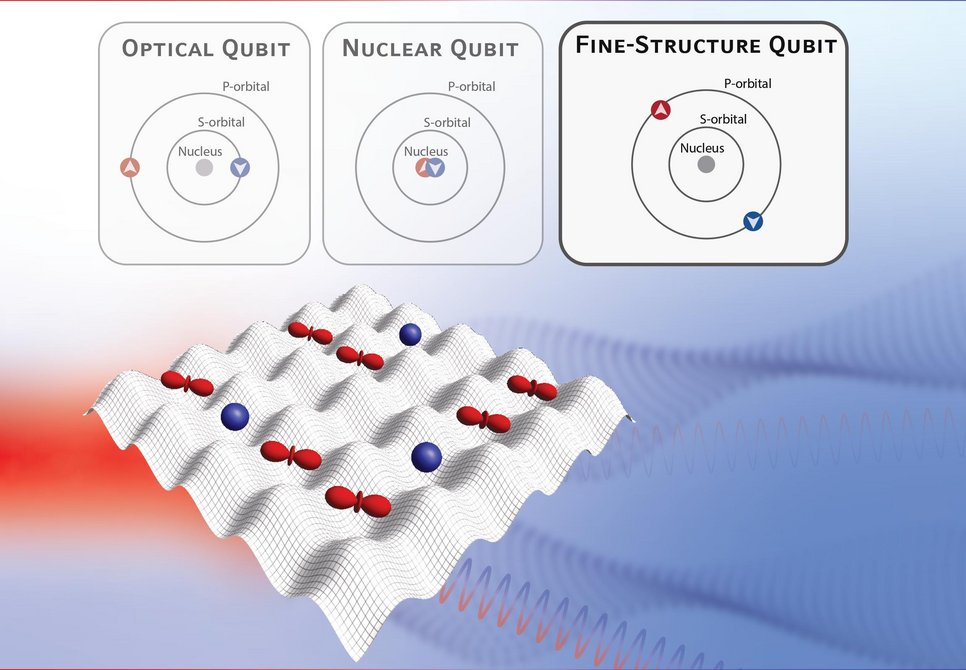
There are three promising candidates for high-quality qubits in two-electron atoms. First, a valence electron can be excited on an ultranarrow optical transition (clock qubit). Second, the spin of the nucleus can be excited using Raman or microwave transitions (nuclear qubit). Third, the spin of the valence electron can be flipped (fine-structure qubit). While the clock qubit and the nuclear qubit have been explored in detail, the fine-structure qubit had not yet been investigated.
However, this qubit is highly interesting as it offers a combination of rapid single-qubit rotations and low state-preparation-and-measurement errors, and thus paves the way for fast quantum information processors based on two-electron atoms. In our recent experiments, we demonstrate coherent control of a qubit encoded in the fine structure of neutral strontium atoms trapped in an optical lattice. We construct the qubit from metastable states coupled via a two-photon Raman transition and showcase high-fidelity qubit rotations with promising state initialization and readout methods. These methods leverage energy selectivity rather than polarization selectivity, which is enabled by the large qubit splitting in the THz regime. We demonstrate coherent Rabi oscillations lasting for tens of milliseconds. This advancement underscores the advantages of exploiting metastable states for quantum information tasks and opens new possibilities for quantum processors and simulators.
As part of the Munich Quantum Valley, we carried out the investigations in parallel with the team at the University of Stuttgart who demonstrated similar results with atoms trapped in optical tweezers. Our results have now been published back-to-back in Physical Review Letters. To read the full articles, please visit Physical Review Letters and Physical Review Letters.
